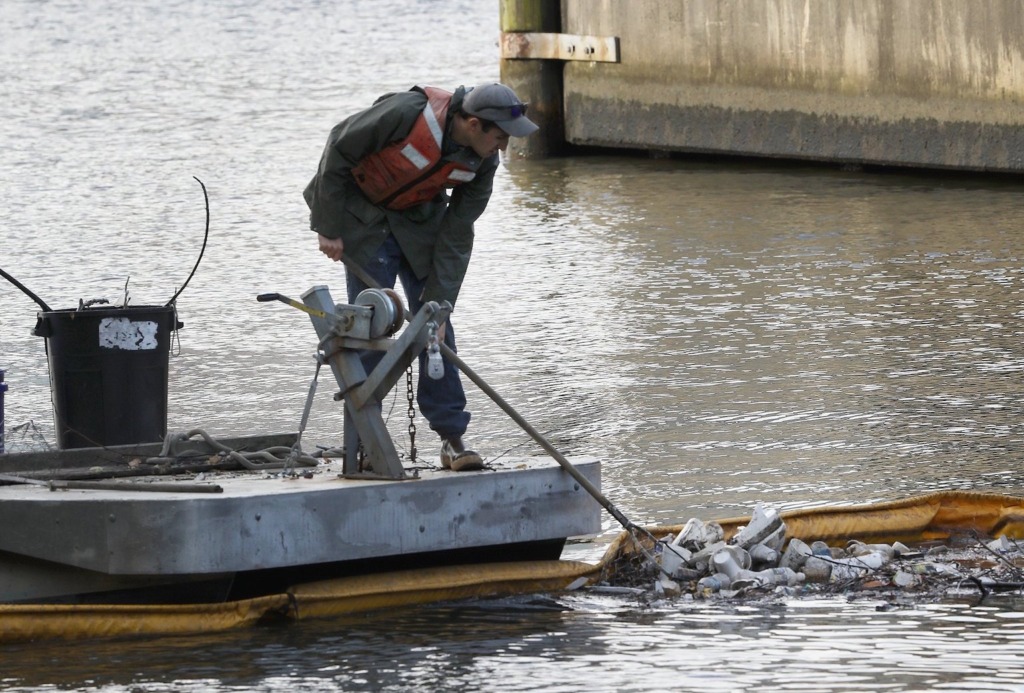Amid news of pandemic and war, Easter not only holds God’s promise of new life, it also reminds us of how closely our lives intertwine with all of creation on this planet that Pope Francis calls “our common home.”
So how can families and parish groups celebrate a creation-conscious Easter this year? A good way to start is with hands in the earth, planting seeds, says Marie Dennis, former co-president of Pax Christi International.
The whole family can plan the garden, even if it’s in pots on the porch, with older members helping young children decide what seeds to plant. If it’s too cold to sow seeds outside, “start the plants indoors and tend them through the Easter season, moving them outside when it is warm enough,” she said. “Read a story or talk about the importance of nurturing our relationships with all of creation.”
In preparation, the family can take a trip to the library to look up Easter traditions from different countries, she adds, and “notice how many traditions celebrate new life, restored life.”
One of those traditions is the Easter egg hunt, which became a beloved part of Easter that Kathy Bond and Flavio Rocha, Maryknoll lay missioners in Brazil, shared with kids in São Paulo when their daughter Maya was small.
Bond placed candies or cookies in reusable plastic eggs, then hid them around a local city park. Kids decorated cloth bags, then fanned out to fill them with the eggs they found.
“Maya and I would often make a dessert to share with them,” Bond recalled. “One year we made jewelry. My whole idea is to move away from buying everything – to make things with the kids, or to make it yourself and share that, instead of going out and every year buying the same things over and over again.”
For a combination of prayer and care for the Earth at Easter, a family or parish can organize a “litter pilgrimage,” suggests Brenna Davis, director of education for justice and environmental initiatives at the Ignatian Solidarity Network.
This can be a meditative individual activity, too, but if you’re walking with a group, plan out the route in advance and have a starting and ending time. Have bags or buckets on hand in two colors – one for trash and one for recyclables.
As people pick up litter along the route, “invite them to pray for the last person who touched the piece of litter, or any of the people, species or ecosystems that were impacted by the production of this piece of litter,” Davis said.
As you pick up a plastic cup, for example, you might pray for the ecosystem from which oil was extracted to make the cup, the workers who refined the oil and those who worked at the factory where the cup was made, the driver who delivered it to the store, the person who bought it and the one who used it.
The pilgrims can pause periodically in silence to notice their surroundings, and the pilgrimage can end with shared reflections and prayer – perhaps “A Prayer for Our Earth” at the end of Pope Francis’ encyclical “Laudato Si’, on Care for Our Common Home.”
“Teach us to discover the worth of each thing, to be filled with awe and contemplation, to recognize that we are profoundly united with every creature as we journey toward your infinite light,” the prayer reads in part.
Or for a meditative awakening to God’s love poured out through creation, individuals, families or parish groups could take the advice the pastor of my parish offered years ago when I lived in West Virginia: “Go for a walk in the woods and remember that all of this was made for you.”
– – –
Barbara Fraser is a freelance journalist based in Lima, Peru.

